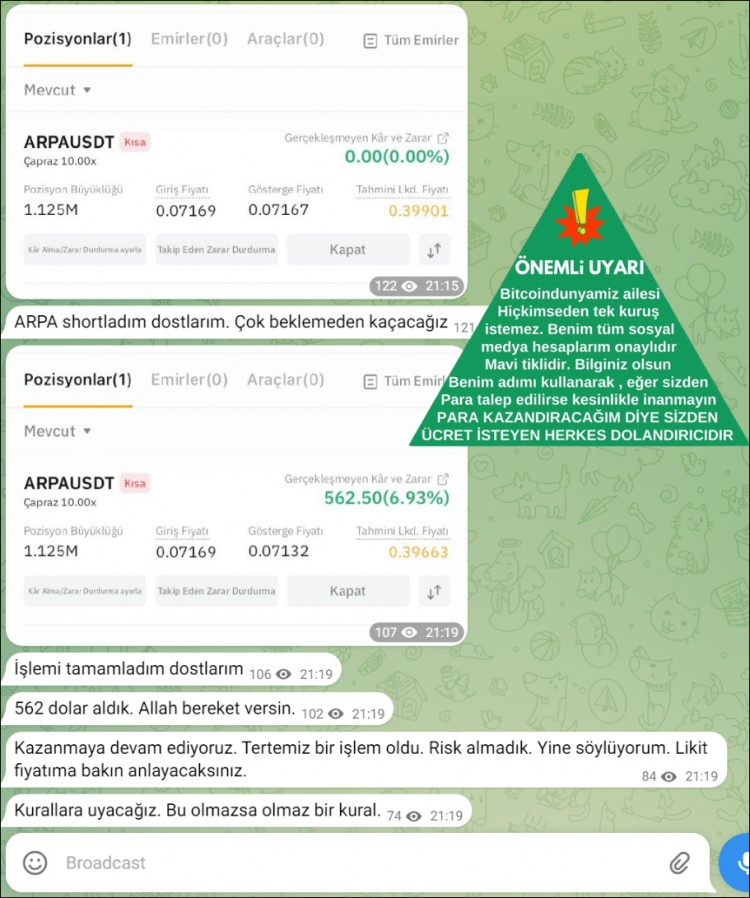Understanding IRA Loans Rules: A Comprehensive Guide to Borrowing from Your Retirement Account
#### What Are IRA Loans Rules?IRA loans rules refer to the regulations governing the borrowing of funds from Individual Retirement Accounts (IRAs). While IR……
#### What Are IRA Loans Rules?
IRA loans rules refer to the regulations governing the borrowing of funds from Individual Retirement Accounts (IRAs). While IRAs are primarily designed for retirement savings, some account holders may consider borrowing against their retirement funds. However, it’s essential to understand that traditional IRAs do not allow loans in the same way as 401(k) plans do. Instead, there are specific guidelines and penalties associated with early withdrawals that can impact your financial future.
#### Types of IRAs and Their Loan Rules
There are various types of IRAs, including Traditional IRAs, Roth IRAs, and SEP IRAs, each with distinct rules regarding loans and withdrawals. For instance, Traditional IRAs allow for penalty-free withdrawals only under certain circumstances, such as reaching the age of 59½ or qualifying for specific exceptions like first-time home purchases or higher education expenses. Conversely, Roth IRAs permit contributions to be withdrawn tax-free and penalty-free at any time, but earnings are subject to different rules.

#### Consequences of Borrowing Against Your IRA
When considering IRA loans rules, it’s crucial to weigh the consequences of borrowing against your retirement savings. If you take an early withdrawal from your IRA, you may face a 10% penalty on the amount withdrawn, in addition to ordinary income tax. This can significantly reduce your savings and hinder your retirement goals. Furthermore, withdrawing funds from your IRA means that those funds will no longer benefit from tax-deferred growth, potentially impacting your long-term financial health.
#### Alternatives to IRA Loans

Given the restrictions and penalties associated with IRA loans, many individuals explore alternative options for accessing funds. For example, a 401(k) loan may be a viable option if your employer’s plan allows it. Additionally, personal loans, home equity lines of credit, or even borrowing from family and friends can provide necessary funds without the drawbacks of withdrawing from an IRA.
#### How to Avoid Penalties When Accessing IRA Funds
If you find yourself in a situation where you need to access your IRA funds, it’s essential to understand how to do so without incurring penalties. Consider taking a qualified distribution, which allows you to withdraw funds without penalties if you meet specific criteria. Furthermore, if you are facing financial hardship, you may qualify for a hardship withdrawal, depending on your IRA type.

#### Conclusion: Navigating IRA Loans Rules Wisely
In summary, while the idea of borrowing from your IRA may seem appealing, the IRA loans rules are quite restrictive and can lead to significant penalties and tax implications. It’s crucial to explore all your options and understand the long-term impact on your retirement savings. Consulting with a financial advisor can provide valuable insights tailored to your specific situation, helping you make informed decisions about accessing your retirement funds. Always prioritize your financial future and consider alternatives before tapping into your IRA.